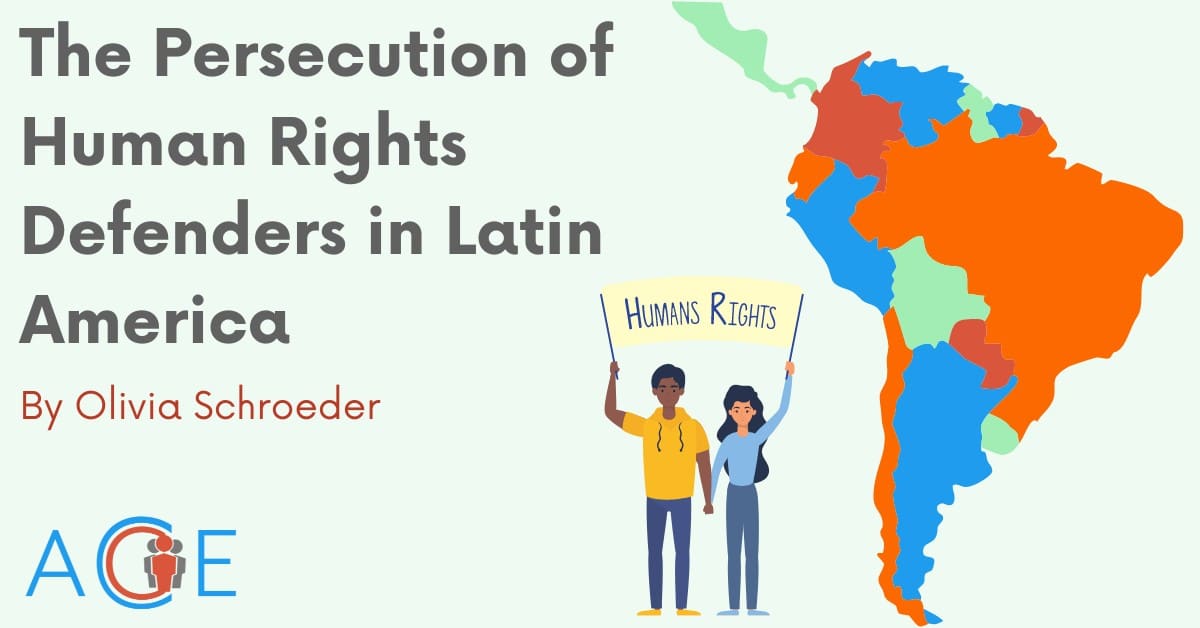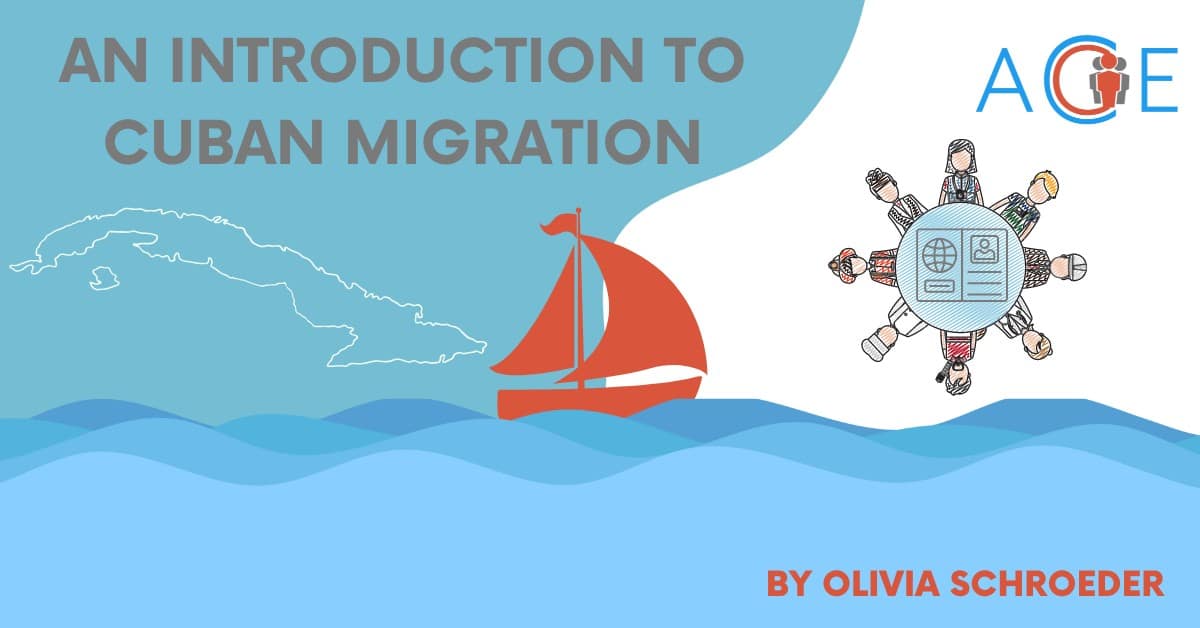What Are Human Rights Defenders?
According to the United Nations, human rights defenders “individually or with others, act to promote or protect human rights in a peaceful manner.” This often takes the form of monitoring governments and businesses to bring attention to human rights violations and crimes, defending vulnerable populations, and advocating for environmental protection. Human rights defenders often come into conflict with authoritarian governments who see them as threats, as human rights defenders can directly criticize government action or fill a gap when a government fails to act. In Venezuela, domestic laws are used against human rights defenders that limit their operations and restrict their access to funding.
Violence in the Region
Central and Latin America is a global hotspot for the persecution of human rights defenders. The region accounts for three quarters of all murders of defenders globally. In January 2022, thirteen defenders were killed in Colombia, three in Honduras, three in Brazil, and one defender and four journalists in Mexico. Eighteen of those killed were involved in defending rights in relation to access to land and the protection of land and the environment. In recent years, human rights defenders have experienced greater persecution due to the effects of the pandemic, increasing environmental hazards, and the lack of legal protections in place for HRDs. The pandemic allowed oppressive governments to implement draconian policies, take new steps to restrict movement and privacy, and crack down on opposition under the guise of public health measures.
Many human rights defenders migrate elsewhere within the region to avoid retaliation from the perpetrators of human rights violations, and there is no significant evidence that authoritarian regimes carry out transnational repression. Many defenders and activists attempt to flee to countries that are safer, but there are still many risks in states throughout the region.
Environmental activists are especially vulnerable in Mexico and Colombia. 212 environmental and land/water activists were murdered globally in 2020—a record high. 165 of these deaths took place in Latin America, with 65 in Colombia and 30 in Mexico. Colombia had led in the number of murders for two consecutive years (2019 and 2020) and almost half of these offences were against people engaged in protecting small-scale agriculture/land rights. 40% of human rights defenders killed in 2019 were involved in land protection, worked with indigenous groups, or advocated for environmental changes.
Honduras: The Honduran government has been accused of using the criminal justice system to persecute activists, especially the Garifuna indigenous group which is currently disputing ownership of certain properties. In 2021, 200 were harassed, threatened, or attacked, and 80% of the violence targeted activists defending land and environmental rights. Roughly 90% of violent incidents reported against human rights defenders went unpunished.
Nicaragua: Human rights abuses have been prevalent in Nicaragua and, as a result, 100,000 have fled the country. Costa Rica, Panama, and Mexico are major destinations for Nicaraguan migrants. Many opposition leaders and activists were arrested prior to the contentious 2021 election, causing supporters to leave out of concern for political persecution.
Policy Options Looking Forward:
The goal for HRDs today and in the future is to be allowed to work freely in their environments to promote respect, protection, and equality for all along with environmental protection(including land access and control). The US, EU, all Latin American countries, businesses, and investors are being called on to “protect HRDs from the attacks they face and to tackle the drivers of abuse.” However, it is not clear what that protection should look like, and, apart from asylum processes for at-risk individuals. The mechanism for changing another state’s domestic practices is nonexistent, beyond vague statements about soft power and diplomacy.
The Declaration on Human Rights Defenders: In 1998, the Declaration on Human Rights Defenders was adopted by the General Assembly and commits the UN to promoting and protecting those who advocate for human rights across the world. This resolution was adopted twenty-five years ago, and could be updated to address the current state of human rights. The current resolution recommends utilizing diplomacy to protect defenders, but lacks details for how that should take place. The Declaration does not have a mechanism for enforcement and relies on powerful countries to create consequences for human rights violations, which may not align with other strategic interests. For example, the US works closely with Mexico to manage migration and security along the shared border, so pressuring Mexico to change its behavior towards journalists could come at a high cost in terms of reduced cooperation on migration.
The Biden Administration: In October 2021, President Biden announced that the US would serve on the UN Human Rights Council for three years in order to work to protect human rights defenders globally. Biden aims to promote accountability of governments that have persecuted, threatened, and killed defenders. The Biden and Harris Administration claim to put democratic values and human rights at the center of US Foreign Policy, yet there is no formal policy for protecting those who are defending human rights abroad. The US State Department has published a list of ways in which the US attempts to protect activists abroad that include assisting defenders obtain international protection, attending judicial hearings of defenders, attempting to keep close contact with activists abroad, encouraging host governments to work with the defenders, working with the UN to address specific threats, etc.
La Esperanza Protocol: This protocol aims to improve the investigation of and response to serious threats against human rights defenders. This protocol, implemented in 2019, is the first international tool to establish best practices and guidelines to investigate threats of this kind. This project does important work in gathering knowledge and making it publicly available, but does not have a mechanism to ensure its implementation.

